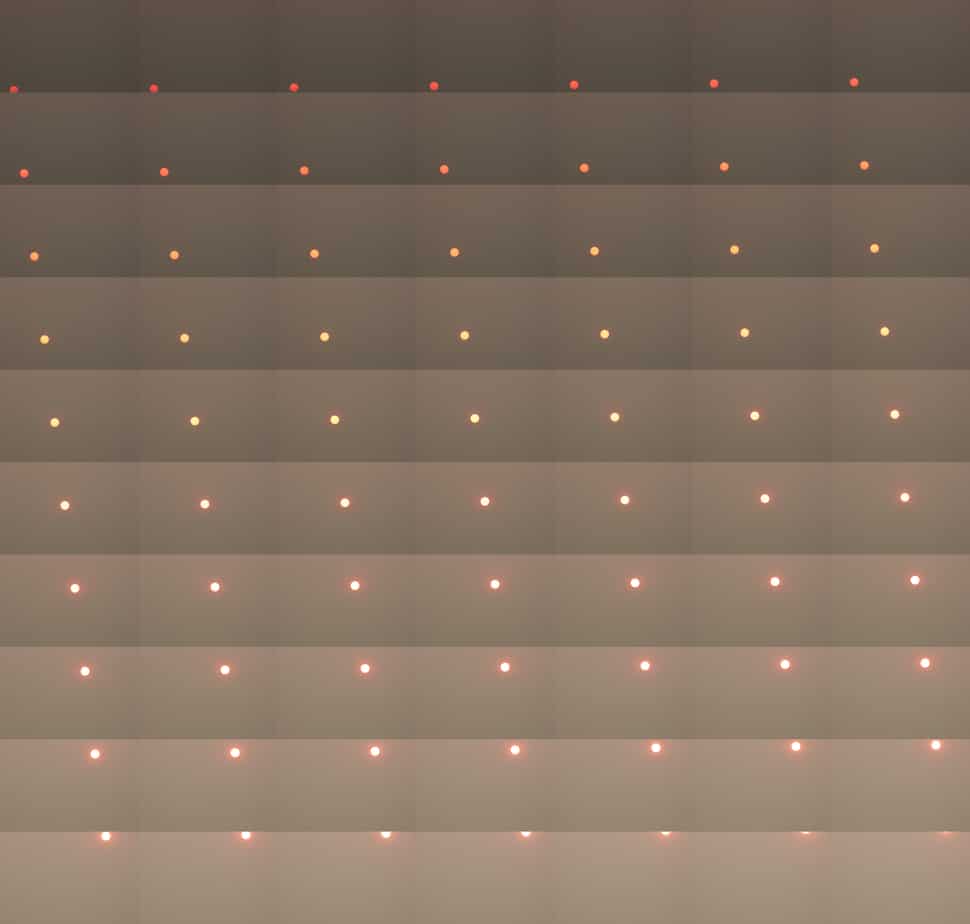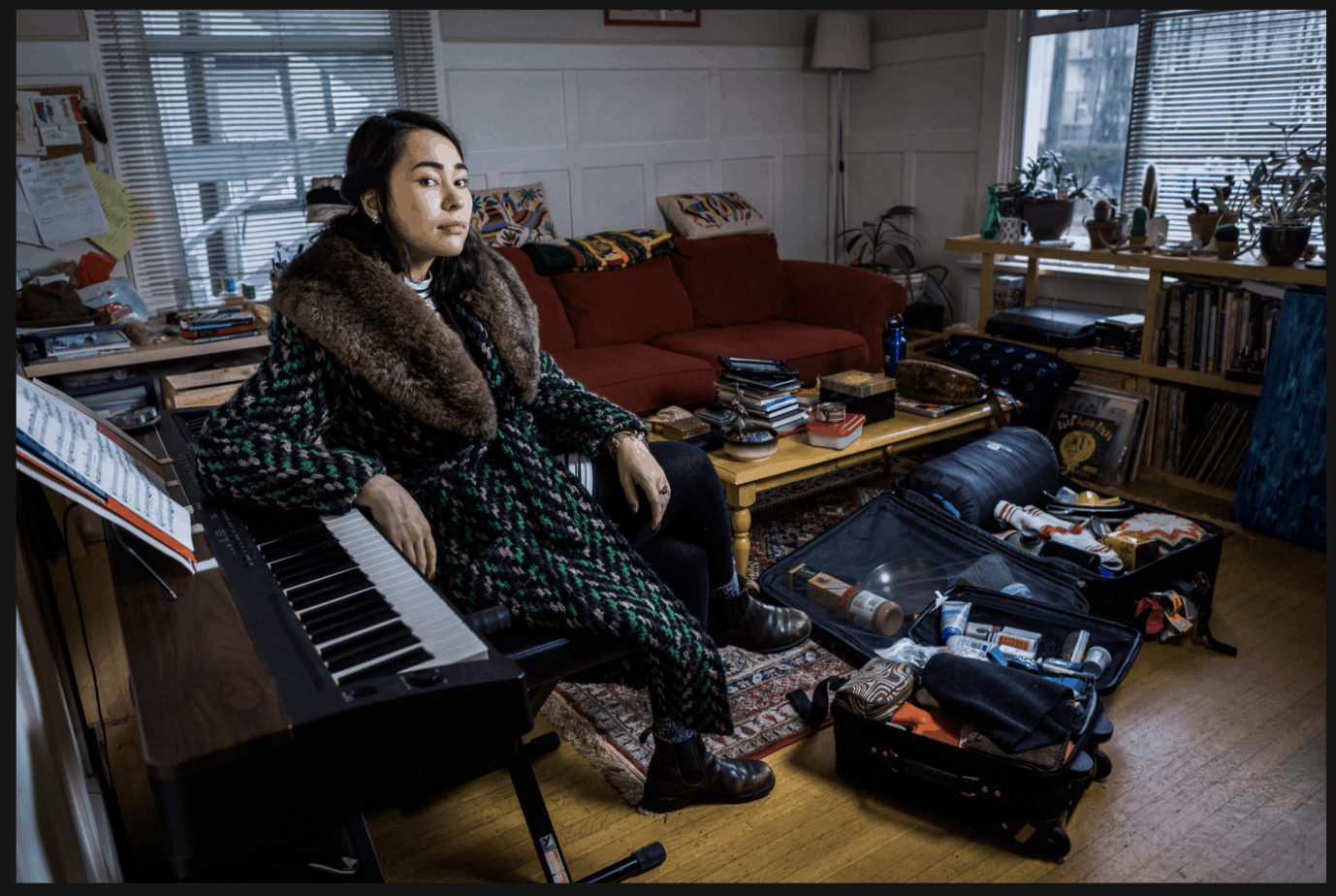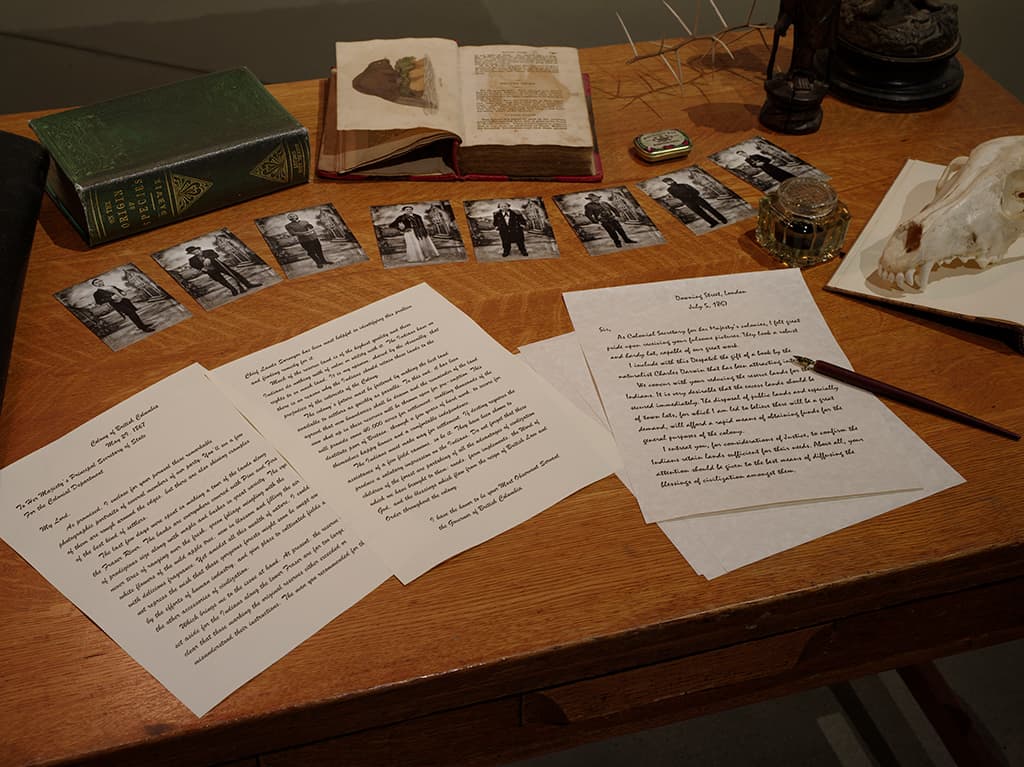
This is from our weekly Discourse newsletter. Make sure to share it and subscribe here.
On Jan. 29 while in Chicago, Empire actor Jussie Smollett said he was attacked by two masked men who punched him, poured a bleach-like substance on his body and tied a noose around his neck while yelling homophobic and racist insults. Smollett is gay and Black.
At first, celebrities and politicians reacted with outrage to the alleged attack — and support for Smollett. Now, one month later, police allege Smollett actually hired the two men to attack him as a publicity stunt to help with salary negotiations. Smollett has been charged with disorderly conduct for allegedly filing a false police report. He denies the accusation.
Coverage of the incident has been polarizing, pitting those who believe Smollett against those who don’t, and sparking concern that some people will try to use this case to cast doubt on legitimate hate crimes. Anita Li, our Director of Communities, appeared on this CBC panel to discuss how irresponsibly the media responded when reports of Smollett’s alleged hate crime first broke. “There was a lack of fact-checking, there was an almost knee-jerk willingness to feed into a really polarizing narrative without corroborating the facts,” she said.
And the coverage continues to be irresponsible now, she said, as many are treating Smollett as if he’s already been convicted.
“Hate crimes are a real threat in society. And in 2017 in Canada, they were at an all-time high, particularly against Black people, Jews and Muslims,” Anita said. So it’s essential that reports of hate crimes be taken very seriously.
But journalists have to remember, she added, that inaccurately reporting an alleged hate crime “only does a disservice to hate crime victims.”
“So it’s really important for us to be rigorous and accurate,” she said.
As the facts continue to get sorted out in Smollett’s case, one thing is true: at least police investigated the alleged attack. That doesn’t always happen.
Skandaraj (Skanda) Navaratnam was an immigrant from Sri Lanka. In September 2010, Navaratnam was the first of several men to be reported missing to police in Toronto’s gay village. His killer, Bruce McArthur, would kill at least seven more men with connections to Toronto’s gay village before police would begin to suspect a serial killer, despite long-time concerns in the LGBTQ community. Most of McArthur’s targets were men of colour. In Canada, and around the world, hate crimes are real and underreported.
So how can society talk about incidents like this in a way that doesn’t further divide us? What do you think? Where do we even start? Send me an email and I’ll share your responses in an upcoming newsletter.
Did you hear?
- Alloura Wells was a trans woman. She went missing in Toronto in July 2017. In August, her body was found in a ravine by a passer-by. But it wasn’t until November 2017 that police reached out to the public and her body was eventually identified.
- Cheryl Johnson was an Indigenous woman. In May 2001 she was found partially clothed and drowned in Sydney Harbour, Nova Scotia. Police took two days to investigate then closed her file concluding there was no foul play. Her family remains unconvinced.
- Pink Shirt Day was this week. It’s an anti-bullying campaign that started “nearly a decade ago at Central Kings Rural High School in Cambridge, Nova Scotia, when grade 12 students Travis Price and David Shepherd caught wind of a grade nine student being bullied for wearing a pink shirt to school.” Rather than allowing the bullying to continue unchallenged, the two grade 12 students decided to wear pink shirts in solidarity. Travis Price shares how the movement got started in this interview.
- Are journalism layoffs at Vice, Buzzfeed and Huffington Post the beginning of the end for digital news? We don’t think so. Our Director of Communities Anita Li appeared on TVO’s The Agenda with Steve Paikin to debate the future of digital media in Canada and the federal government’s rescue package.
Shout-outs
In our last newsletter, we asked you for examples of when art and journalism combine forces. Thanks for all your messages! Here are three of the projects you shared with us:
Weather patterns is a project by B.C.-based photographer David Ellingsen documenting our changing climate. David shared this composite image with us of photographs of the “sunrise through British Columbia’s smoke-filled skies during the summer of 2018, the worst fire season on record.” (Thanks Christine for introducing us to David and his work!)

The Suitcase project asked fourth- and fifth-generation Japanese Canadians and Americans what they would pack if they had to leave their homes in a moment’s notice, reflecting on how their ancestors were uprooted and sent to internment camps during the Second World War. (Thank you Kayla for sharing your project with us.)

Grand Theft Terra Firma is a photography project that challenges how we celebrate our national history by “reframing the settlement of Canada as a complex heist masterminded by criminals in London and played out on the ground by a gang of greedy thieves.” It “flips the narrative” on Canada’s history and re-imagines it as a game. (Thanks Sandra and David for sharing your project with us.)

[end]


